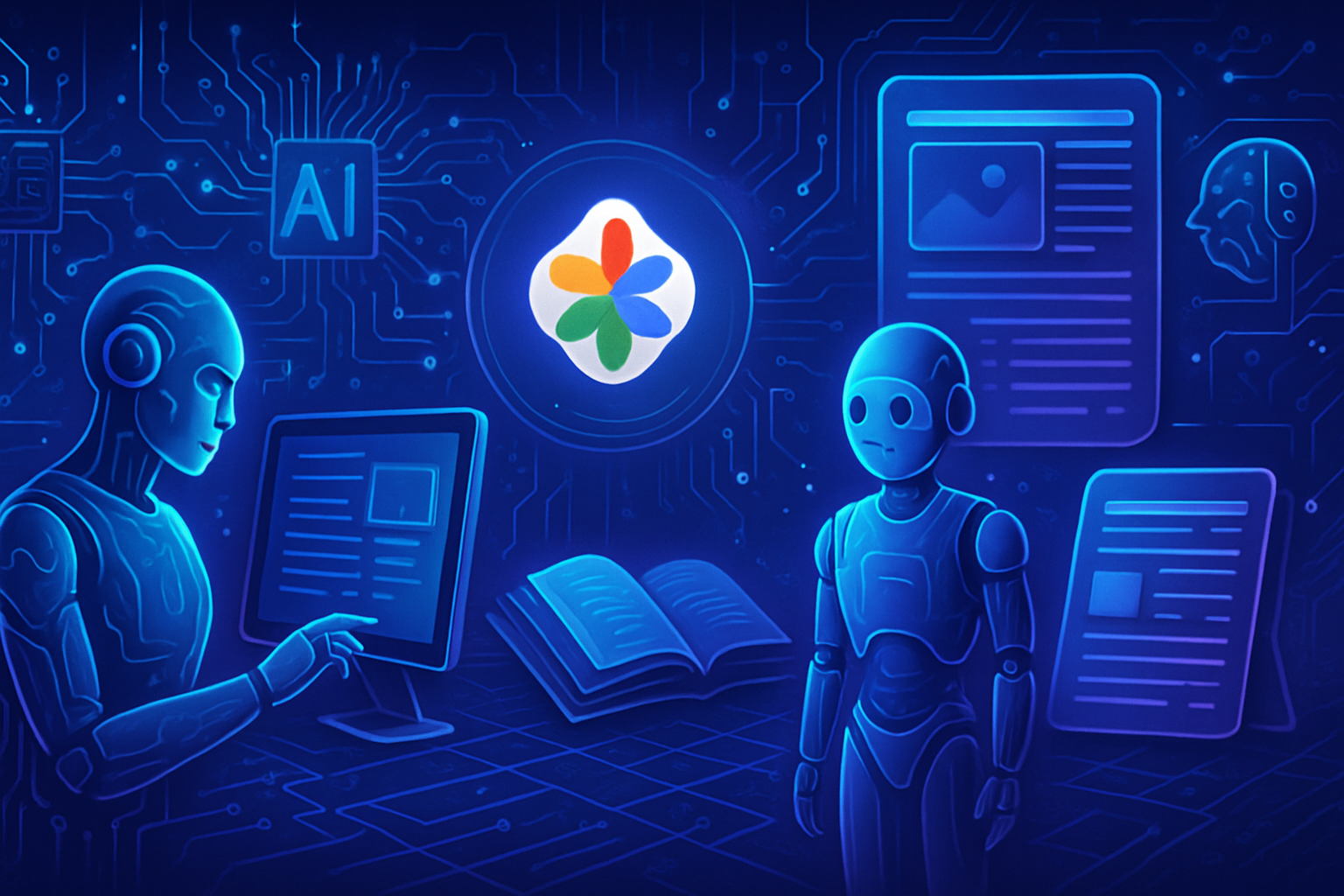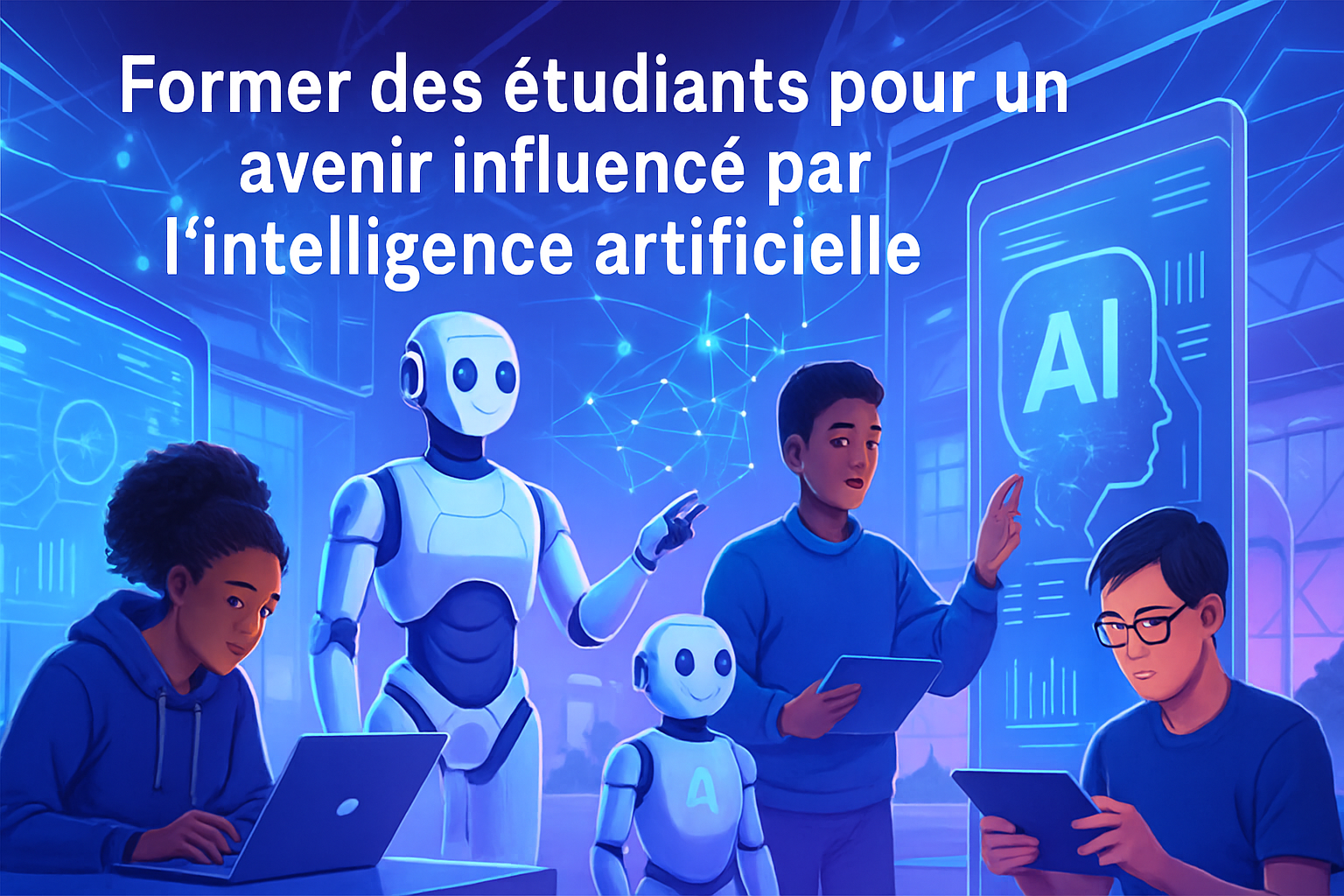The emergence of the new artificial intelligence model Qwen from Alibaba raises unprecedented challenges. Open source artificial intelligence is redefining how businesses approach complex problem solving. This model, featuring a sophisticated architecture, stands out for its unprecedented ability to tackle challenges that only human experts have previously mastered. With remarkable performance, this ambitious project opens fascinating horizons for developers and researchers. Its innovative design is based on clever manipulation of parameters, illustrating a noteworthy advancement in the field.
A new milestone in open source AI
The artificial intelligence model Qwen3-235B-A22B-Thinking-2507, recently unveiled by the Alibaba team, marks a turning point in the open source domain. This model has achieved exceptional performance in various reasoning tests, demonstrating its impressive capabilities in areas traditionally reserved for human experts. The design of this model is based on the continuous development of reasoning capabilities, which have been significantly enhanced over the last three months.
Remarkable performance in logical reasoning
The results from reasoning test benches indicate that Qwen outperforms the competition with a score of 92.3 on AIME25 and a score of 74.1 on LiveCodeBench v6 for coding. Qwen also excels in general capability tests, receiving a score of 79.7 on Arena-Hard v2, reflecting its alignment with human preferences. These results set high standards for open-source models, providing a robust alternative to proprietary solutions.
Innovative architecture and substantial memory
The Qwen model stands out due to its massive architecture, comprising 235 billion parameters. Using the Mixture-of-Experts (MoE) technique, it activates only a fraction of these parameters, around 22 billion, for each specific task. This approach optimizes resources while maintaining high performance. At the same time, Qwen’s native memory, capable of processing 262,144 tokens, ensures a deep understanding of vast and complex sets of information.
Accessibility for developers and easy integration
To facilitate adoption by developers, the Qwen team has made its model available on Hugging Face, a leading platform for AI resources. Tools such as sglang or vllm enable users to easily deploy the model, thereby creating custom API endpoints. The Qwen-Agent framework proves to be an effective solution for leveraging the model’s tool-calling capabilities, maximizing its application potential.
Performance optimization and recommendations
To fully benefit from their model’s capabilities, the team has provided several recommendations. They suggest an output length of about 32,768 tokens for standard tasks, while for more complex challenges, an increase to 81,920 tokens is advised. These adjustments give the artificial intelligence the necessary space for in-depth reasoning. Clear instructions, such as the desire to “reason step by step” for math problems, are also encouraged to optimize response structuring.
Comparison with proprietary models
The release of the Qwen model poses a serious challenge to some of the most powerful proprietary models, particularly for complex tasks that test human capabilities. The rise of artificial intelligence agents, coupled with the emergence of APIs that promote autonomy, enhances the appeal of such technology in the market. The ambitions of the Qwen team, along with advancements in artificial intelligence, are transforming the dynamics of technology players.
Upcoming events in the AI sector
For those eager to deepen their knowledge of artificial intelligence, the AI & Big Data Expo promises content-rich presentations in Amsterdam, California, and London. This event coincides with other leading gatherings, such as the Intelligent Automation Conference, BlockX, Digital Transformation Week, and Cyber Security & Cloud Expo. To discover the true implications of these technological advancements, consulting articles like the impact of Google’s artificial intelligence or the strategies of technology companies could prove insightful.
Frequently Asked Questions about Alibaba’s Qwen Artificial Intelligence Model
What is the Qwen3-235B-A22B-Thinking-2507 model?
It is an open-source artificial intelligence model developed by the Qwen team at Alibaba, designed to excel in logical reasoning, complex mathematics, scientific problems, and advanced programming.
What are the main advantages of the Qwen model compared to other open-source models?
The Qwen model achieves impressive performance benchmarks, notably a score of 92.3 on AIME25 for reasoning and 74.1 on LiveCodeBench v6 for programming, competing with the best proprietary models.
How does the architecture of Qwen3-235B-A22B-Thinking-2507 work?
It uses an architecture called Mixture-of-Experts (MoE), which activates only a fraction of the 235 billion parameters at any given time, optimizing performance for specific tasks.
What is the native memory capacity of this AI model?
The model has a native context length of 262,144 tokens, allowing it to effectively process large amounts of information.
How can I deploy the Qwen model for my own projects?
The model is available on Hugging Face and can be deployed using tools like sglang or vllm to create an API endpoint.
What recommendations are there for achieving the best performance from the model?
It is recommended to use an output length of around 32,768 tokens for most tasks, and to increase to 81,920 tokens for truly complex challenges. Providing specific instructions in the prompt, such as “reason step by step,” also helps in obtaining accurate responses.
What types of tasks does this AI model handle best?
The model excels in tasks requiring complex reasoning, such as logic, mathematics, scientific problems, and advanced coding, notably tasks typically performed by human experts.
Where can I find additional resources on the Qwen model?
For more information, developers can refer to the documentation available on Hugging Face and explore the Qwen-Agent framework to maximize the model’s tool-calling capabilities.
Is the Qwen model fully open-source?
Yes, the Qwen model is an open-source artificial intelligence model, meaning it is accessible to everyone for use, modification, and integration into various projects.






